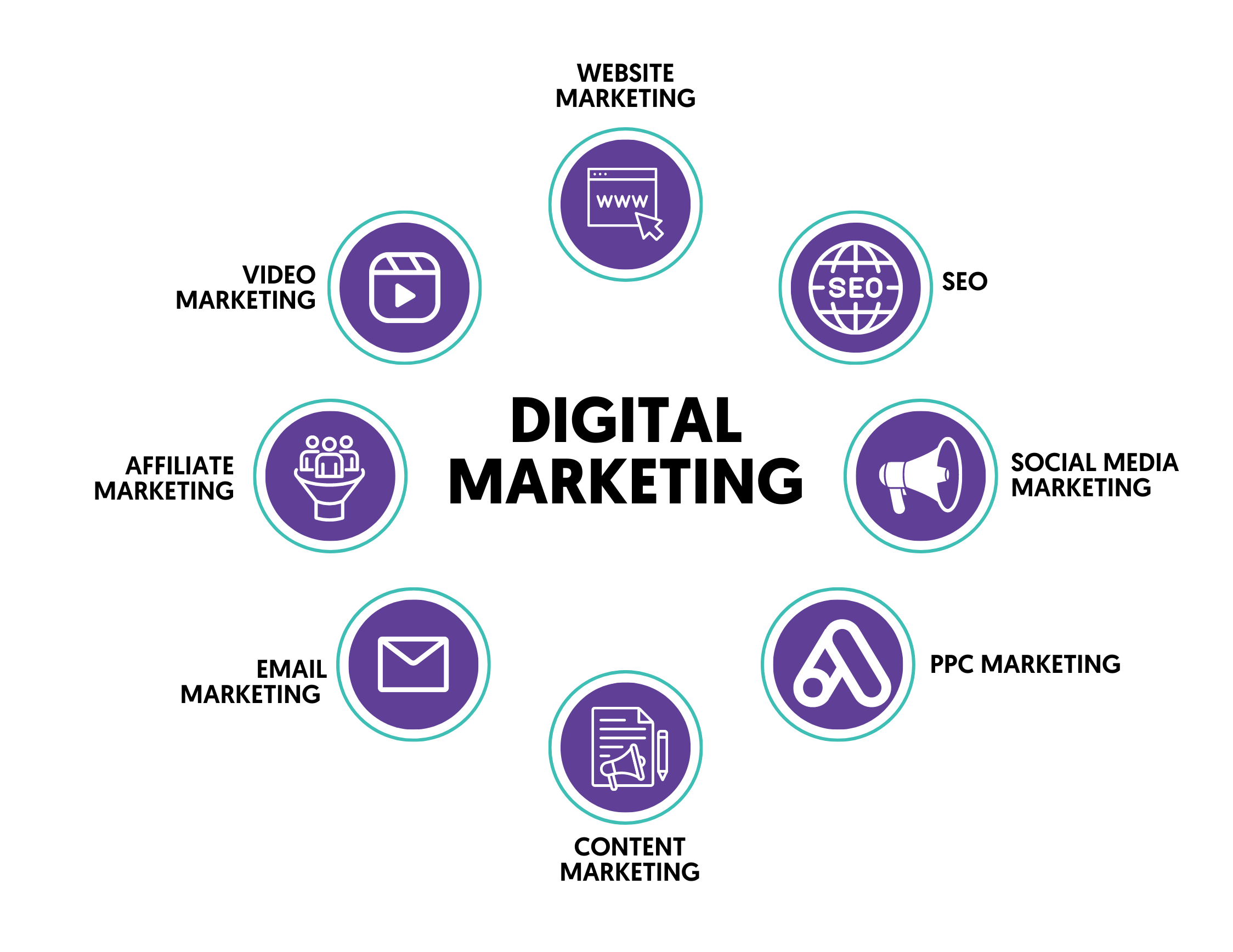Enhance User Experience and Drive Traffic With Receptive Internet Layout
In today's digital landscape, where individuals are accessing web sites from a plethora of devices, responsive web layout has actually become more crucial than ever before. With its capability to adapt and perfectly readjust to various screen dimensions, responsive design not only boosts individual experience yet likewise drives traffic to your internet site. Why is this style approach so essential? How does it enhance individual involvement and boost internet site web traffic? In this discussion, we will certainly explore the key elements of efficient receptive design, look into the very best practices for its application, and discover the keys to improving individual experience while driving more web traffic to your site.
Why Receptive Website Design Matters
Receptive internet layout is an essential element of modern web development as a result of its capability to guarantee optimal customer experience throughout various gadgets and screen dimensions. With the proliferation of mobile phones, tablet computers, and other smart phones, it has ended up being important for internet sites to adjust and supply seamless functionality no matter of the device being used.
The key reason responsive website design matters is that it allows users to have a consistent and enjoyable searching experience, despite the gadget they are utilizing. A receptive website immediately changes its content, format, and style aspects to fit the screen size and resolution of the tool, ensuring that customers can quickly communicate and navigate with the internet site without any hassle or irritation.
Furthermore, receptive internet style likewise plays a substantial duty in seo (SEO) Online search engine, such as Google, focus on websites that are receptive and mobile-friendly in their search outcomes. By including receptive layout principles, sites can improve their visibility and position, bring about boosted organic web traffic and possible clients.

Boosting Customer Engagement Via Responsive Style
Enhancing customer engagement is an essential goal of responsive design, as it makes sure that customers can conveniently access and connect with web site content on any tool. With the raising use of tablet computers and mobile phones, it is crucial for sites to adjust to different display sizes and resolutions. Responsive style allows web sites to automatically readjust their layout and content to supply a seamless user experience throughout gadgets.
One of the major ways responsive design boosts user engagement is by minimizing lots times. With a responsive website, customers don't need to wait for different mobile versions to lots, resulting in quicker access to material. This enhanced rate causes higher individual fulfillment and motivates them to invest even more time on the website.
In addition, responsive layout improves user engagement by boosting navigation and interface (The Ad Firm Web Design). When a site is made responsively, food selections and switches are maximized for touch communications, making it simpler for users to navigate and communicate with the website on their mobile phones. This instinctive and straightforward experience keeps customers involved and motivates them to explore even more of the internet site
Additionally, receptive design enables far better content exposure and readability. By adapting the design and font style dimensions to various gadgets, responsive sites make sure that customers can easily understand the content and check out. This boosts individual involvement by decreasing the demand for zooming or scrolling to read the text.
Enhancing Web Site Traffic With Responsive Website Design
With the expanding appeal of mobile tools, having a web site that is responsive to various display dimensions and resolutions is essential for driving raised web traffic. In today's digital landscape, users are accessing websites from a selection of devices such as mobile phones, tablets, and desktop computer computers. Each of these tools has different screen dimensions and resolutions, and if your website is not created to adjust to these variations, it can result in an inadequate individual experience and a loss of prospective website traffic.
Responsive web layout makes sure that your internet site looks and works optimally throughout all devices. By making use of adaptable grids, liquid photos, and media queries, receptive layout enables your site to instantly adjust its material, design, and navigation to fit any kind of screen dimension. This suggests that customers will certainly have a smooth surfing experience no matter whether they are utilizing a big desktop computer or a small smart device computer.
Crucial Element of Effective Responsive Layout
Efficient responsive style includes several crucial elements that make certain a seamless customer experience throughout various devices. One of these elements is versatile grids and formats. By utilizing loved one systems like portions as opposed to dealt with units like pixels, developers can produce layouts that adjust and scale to fit various screen sizes. This allows content to be presented in a aesthetically enticing and readable way on any type of device.
Another important component is media inquiries. These enable designers to apply various designs and designs based upon the characteristics of the user's tool, such as screen size and alignment. By making use of media inquiries, designers can maximize the presentation of web content for each and every tool, guaranteeing that it is readable and quickly accessible.
Responsive photos are additionally vital in reliable responsive design. Pictures that are too huge can decrease web page tons times on mobile phones, while images that are too small may show up pixelated on bigger screens. By using strategies webdesign or web design such as responsive image resizing and careless loading, developers can make certain that photos are appropriately sized and web design flash maximized for each and every gadget.
Last but not least, efficient receptive style involves a mobile-first technique. This indicates prioritizing and developing material for mobile phones initially, and then boosting the layout and broadening for larger displays. This method makes sure that one of the most crucial web content is easily accessible on smaller displays, while still offering a rich experience on larger tools.
Best Practices for Implementing Responsive Website Design
Executing receptive web design needs careful consideration of different finest practices to guarantee an optimum individual experience across various devices. Below are some key ideal techniques to follow when carrying out receptive internet style.
Firstly, it is critical to focus on mobile individuals. With the enhancing prominence of smart phones, creating for mobile-first has actually ended up being essential. Beginning by developing for smaller sized screens and after that gradually improve the format for larger displays.

An additional important finest technique is to maximize images for various screen resolutions. Huge images can slow down the loading time of your internet site, especially on smart phones with slower links. Usage receptive pictures that can be online marketing development resized based on the tool's screen resolution to improve performance.
In addition, examination your internet site on various devices and screen dimensions to make certain a regular and seamless experience. There are numerous screening tools readily available that can help you identify any kind of issues and make essential modifications.
Finally, prioritize functionality and availability. Ensure that your site is easy to browse, with succinct and clear web content. Ensure that your website comes to individuals with specials needs and follows availability standards.
Final Thought
In final thought, responsive internet style plays an essential role in improving individual experience and driving traffic to web sites. By embracing receptive style concepts, web sites can guarantee optimum checking out experiences across various tools, leading to enhanced user interaction.
Optimizing individual engagement is a crucial goal of receptive design, as it makes sure that users can quickly access and engage with website material on any kind of gadget. Receptive design allows websites to immediately readjust their layout and material to give a seamless customer experience across gadgets.
In addition, responsive style boosts user interaction by enhancing navigating and user interface.Responsive photos are additionally important in reliable receptive design. By embracing receptive layout principles, sites can make sure optimum viewing experiences across various tools, leading to raised user engagement.